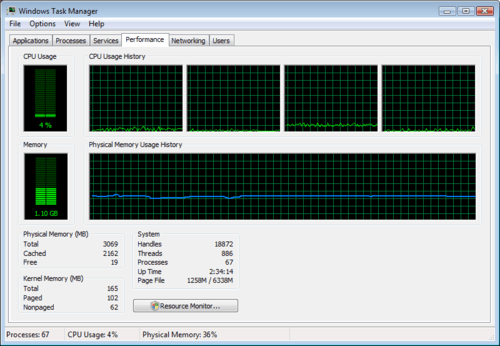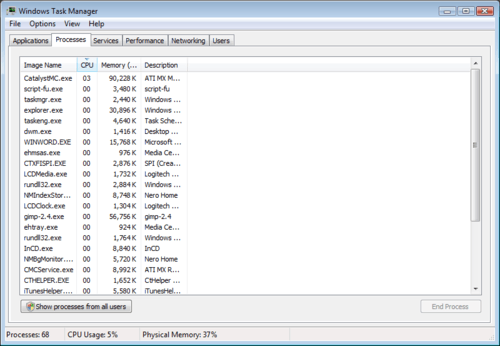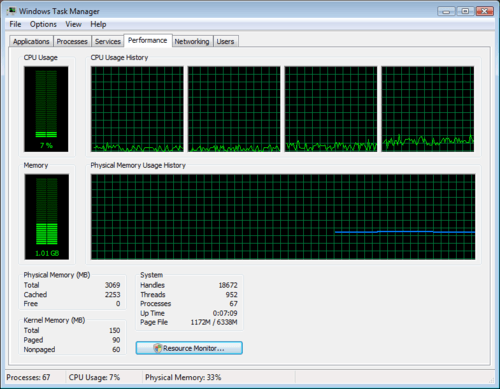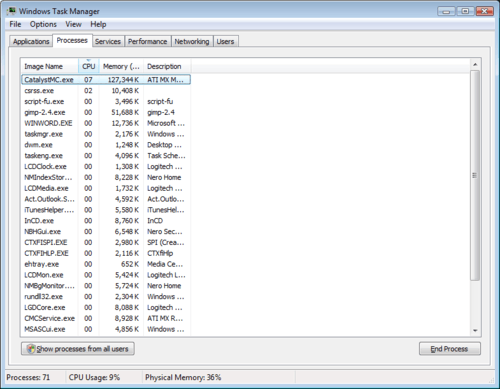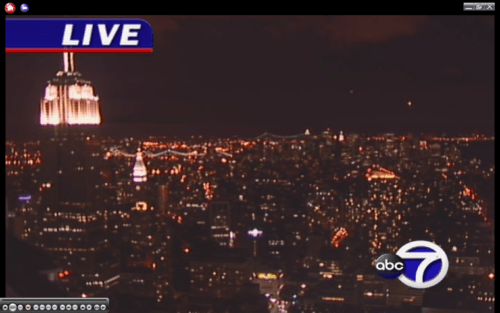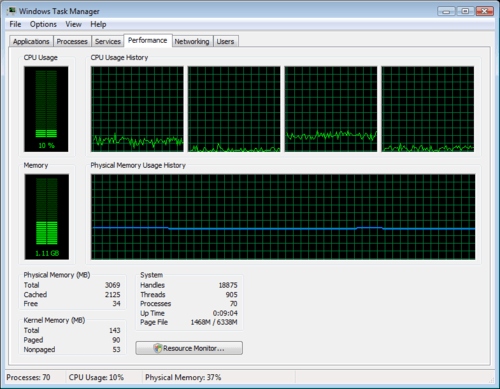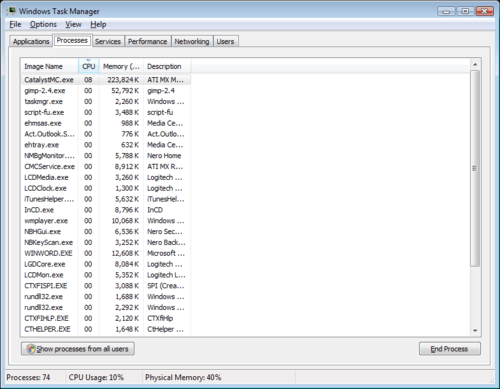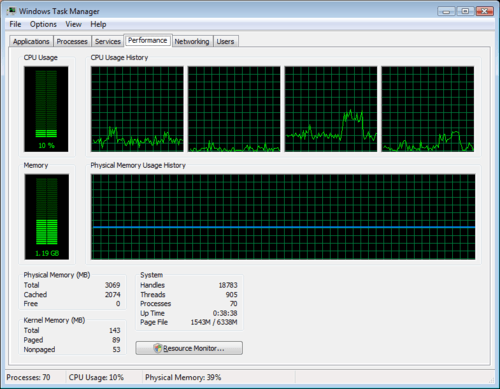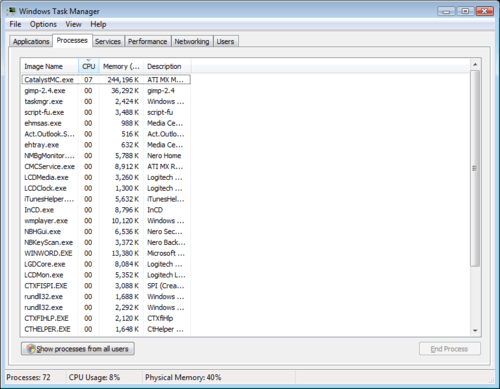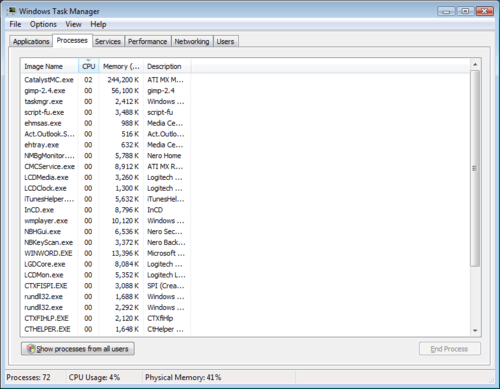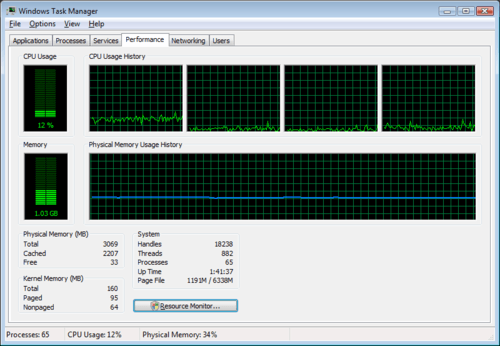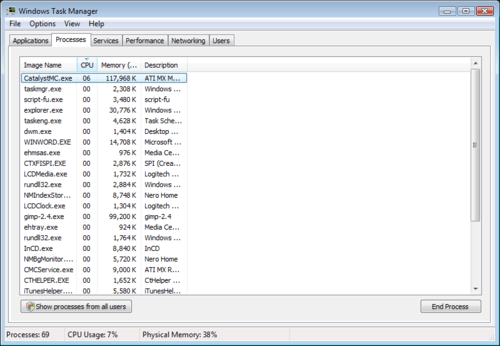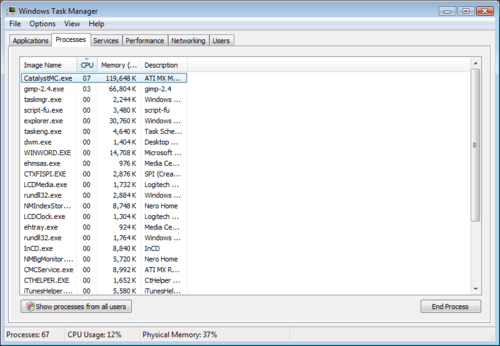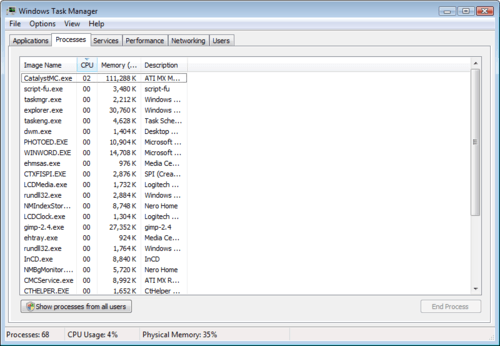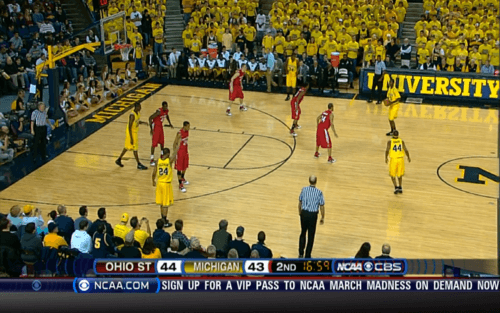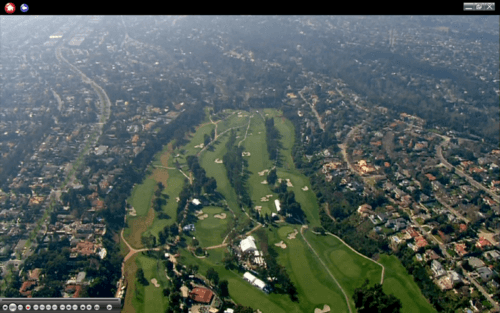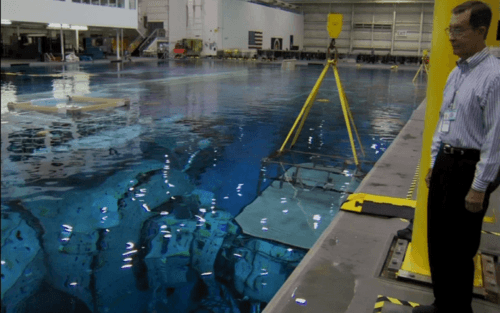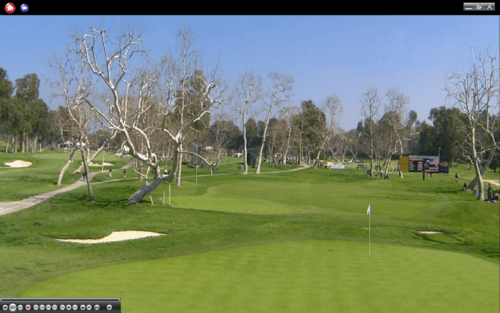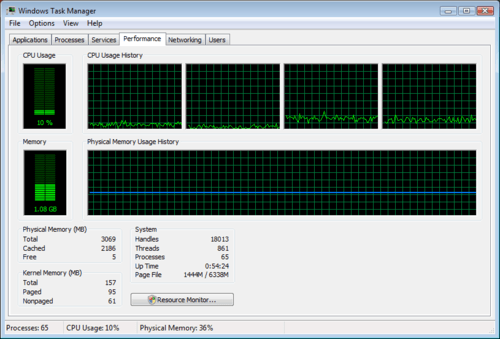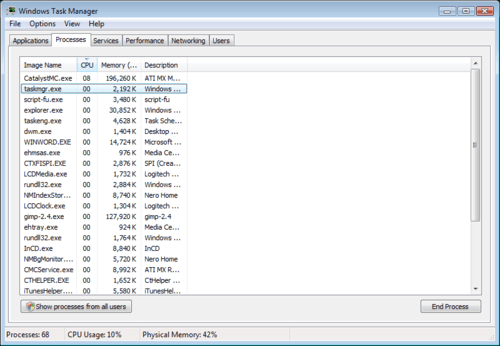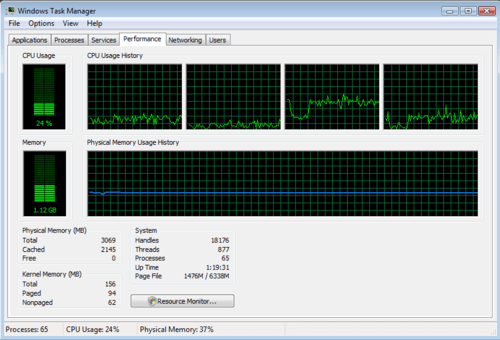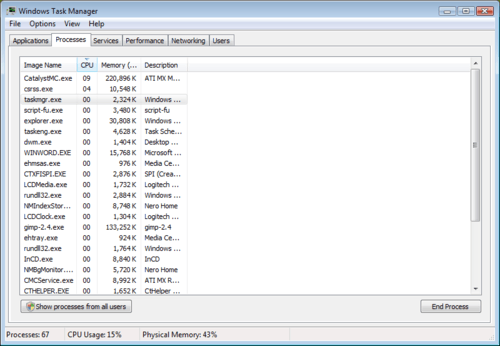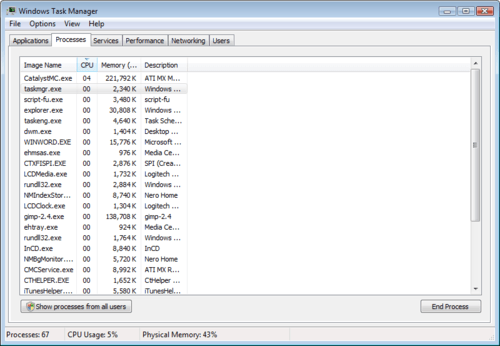- Qualcomm Launches Snapdragon 4 Gen 2 Mobile Platform
- AMD Launches Ryzen PRO 7000 Series Mobile & Desktop Platform
- Intel Launches Sleek Single-Slot Arc Pro A60 Workstation Graphics Card
- NVIDIA Announces Latest Ada Lovelace Additions: GeForce RTX 4060 Ti & RTX 4060
- Maxon Redshift With AMD Radeon GPU Rendering Support Now Available
ATI TV Wonder HD 600 PCI & HD 650 Combo USB
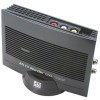
AMD recently released two new ATI TV Wonder HD tuners, both of which have been in our lab for the past few months. In that time, we’ve put them through numerous tests to see what each one was made of. While the 600 PCI left a bit to be desired, the 650 Combo USB proves to do a lot of things right.
Page 5 – Performance and Testing
In order to test the performance of each TV Tuner, I used each to view both analog and digital TV signals broadcast by my local cable provider, Cablevision. Below you will see several screenshots for comparing picture quality as well as CPU usage information.
It may be worth noting that I also tested both cards with over-the-air (OTA) ATSC antenna, and verified that there were no distinguishable differences in picture quality.
The test system is as follows:
- Processor: Intel Core 2 Quad Q6600 at 3.2GHz
- Motherboard: Abit IP35-Pro
- Memory: G.Skill DDR2-1000 clocked (1000MHz 5-5-5-12)
- Video: eVGA 8800GTX 768MB
- Sound: Create X-Fi Xtreme Music
- Storage: Western Digital Raptor 150GB
- Etcetera: Windows Vista Ultimate 32-Bit
All screenshots were taken using the Catalyst Media Center to view the TV signal in full screen mode at 1920×1200 resolution, and have been resized to 1000×750 resolution with GIMP. A custom recording profile was created to encode the recordings in MPEG-2, with all other options left at default settings. I chose to use MPEG-2 because the TV Wonder HD 650 has hardware MPEG-2 compression, while the TV Wonder HD 600 encodes via software.
ATI TV Wonder 600 PCI
Analog TV via coaxial cable:
You can see that there’s quite a bit of noise shown here, which is disappointing. I remounted and reinstalled the PCI card, cable, and software multiple times, each with the same result.
CPU usage was a little more pleasant:
CPU usage never went above 4% while watching SDTV, but this isn’t much of a saving grace given the poor quality.
Recording this signal in MPEG-2 bumps CPU usage up slightly:
Usage bounced between 6-8% in general, but if the picture was minimized, usage dropped back to 4%.
Digital TV (1080i) via coaxial cable:
Thankfully, the Digital signal reproduction is excellent. Users will definitely be able to enjoy high definition content.
The CPU Usage while viewing 1080i HD content at 1920×1200 can be seen below.
Overall CPU usage hovered between 9-11%, while the Catalyst Media Center actually used about 8%. Recording didn’t change much:
CPU usage while recording a 1080i broadcast bounced between 9-11% overall, ~8% due to Catalyst Media Center. By minimizing the window, usage dropped to 2-4%.
From what we can see here, the TV Wonder 600 PCI is a very capable digital TV tuner, providing very good quality reproduction of high definition content and requiring very little CPU power to view and record. The story is quite different when it comes to analog content though. Analog video was so noisy that even the most indifferent of viewers would be hard pressed to watch it, but with the ever-increasing adoption of digital transmission, many users may never have cause to notice this shortcoming.
ATI TV Wonder 650 Combo USB
Analog TV via coaxial cable:
The ATI TV Wonder 650 Combo USB clearly does a better job with standard definition signals; the quality is great.
Here you can see the CPU usage while watching full screen SDTV blown up to 1920×1200 resolution:
CPU usage fluctuated around 6-8% in general. Here is what happens when that same SDTV signal is recorded in MPEG-2:
CPU usage was practically unchanged from simple viewing, bouncing from 7-8% in general, with the occasional bump to 10%. However, with the picture minimized, CPU usage was practically nil, from 0-3%.
That’s hardware MPEG-2 encoding at work.
Digital TV via coaxial cable:
HDTV looks great as well.
Here you can see the CPU usage while watching a full screen 1080i signal blown up to 1920×1200 resolution:
CPU usage fluctuated around 7-10% in general. When that same 1080i signal is recorded, CPU usage appears increases notably:
When recording, CPU usage seems to increase sharply, but the task manager itself is causing that – the usage by process clearly indicates that Catalyst Media Center is only using 8-10% of the CPU, which can be reduced even further by minimizing the picture, to a mere 2-4%.
The TV Wonder 650 Combo clearly did a much better job with analog signals, but there was only a minimal advantage when it came to CPU usage or recording quality. The hardware MPEG-2 encoding might be more noticeable with a slower CPU, but is undetectable in this environment.
Support our efforts! With ad revenue at an all-time low for written websites, we're relying more than ever on reader support to help us continue putting so much effort into this type of content. You can support us by becoming a Patron, or by using our Amazon shopping affiliate links listed through our articles. Thanks for your support!









